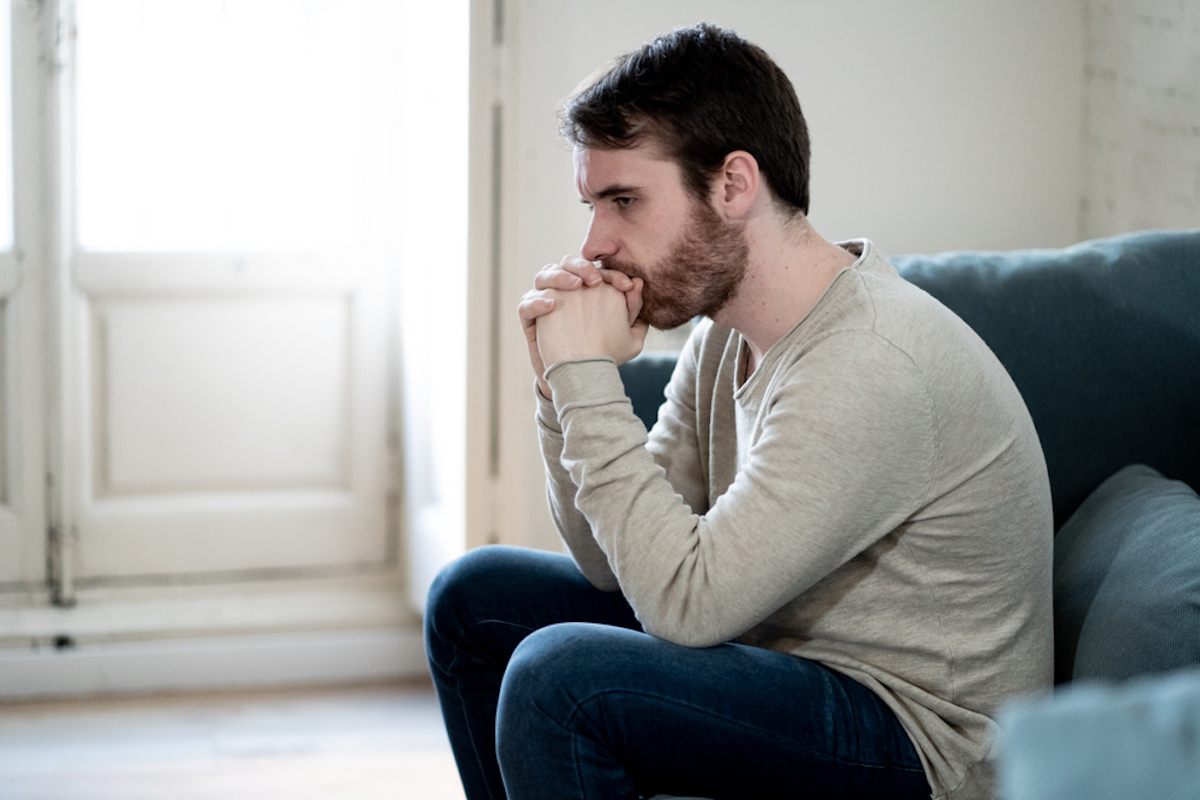Recognizing the symptoms and accepting you might suffer from mental health issues is the first step to getting better. Afterward, it is important to talk to your professional healthcare provider – preferably a psychologist, mental health professional, or family physician. He or she will listen to your story and symptoms and, if necessary, start treatment. However, before we talk about possible treatment options and how to get better/ rid of your depression, it’s important to get the right diagnosis. After all, you can only be treated if you have the correct diagnosis.

Types & Causes of Depression
Clinical depression can be caused by numerous factors. Including:
- Abnormal chemical levels in the brain
- Genetics
- (Major) events, like stress, death, trauma and isolation
- Continuous physical pain and (chronic) illnesses
- Medication
- Personality
As you can see, some causes can be harder to find than others. A major event, such as the death of a loved one or another traumatic event, is more likely to be linked to depression than abnormal chemical levels in the brain. Based on your symptoms and what’s causing them, your professional healthcare provider will diagnose you with one of the following types of depression:
- Major Depressive Disorder (MDD)
- Bipolar
- Perinatal & postpartum depression
- Persistent Depressive Disorder (PDD)
- Premenstrual Dysphoric Disorder (PMDD)
- Psychotic depression
- Seasonal Affective Disorder (SAD)
All types differ in how long and severe the symptoms are. Some types are short-lived, such as PMDD or SAD, but recurrent. PMDD every time you are due for your period, and SAD every fall/winter. Some types come in fits and starts (bipolar) and others are constant, like MDD & PDD. Continue reading on the next page and find possible treatment options.

